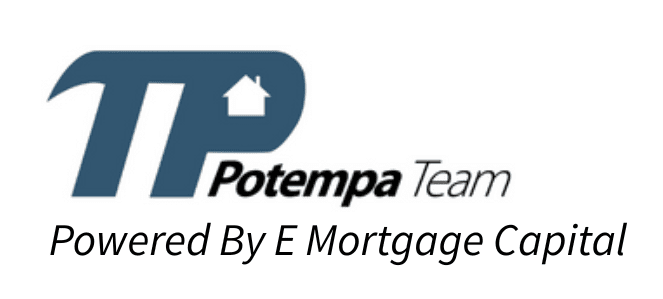The first step in buying a home is figuring out what you can afford. Since hardly anyone can buy a home with cash, this means finding what sort of loan you’re eligible for. The better your credit, income, and down payment, the more that lenders will be willing to put on you. Before searching for a home, you should find out how large a loan you qualify for. However, it’s also essential to know the difference between prequalification and preapproval.
What’s the Difference Between Being Prequalified and Preapproved?
Generally, someone who’s looking for a home will go through both prequalification and preapproval. Prequalification is a useful, informative, and convenient way to know what you can afford, but it’s not necessary or binding. On the other hand, preapproval is a binding and essential part of the mortgage process. In many cases, sellers won’t give you the time of day without preapproval showing that you can actually afford their home.
Prequalification
Prequalification is a simple process. After meeting with the lender, they’ll ask you a variety of questions about your financial history and present security. Expect questions pertaining to:
- Work history
- Income
- Existing debts
- Savings and assets
- Purpose of the loan
After taking all of these factors into account, the lender will give you a figure that you should be able to afford. After a quick, simple prequalification, you’ll be able to start shopping around for a home. However, you won’t be able to buy it just yet. Before you can buy the apartment, it’s necessary for you to secure a preapproval.
Preapproval
When you go out for a preapproval, the process will bear a close resemblance to a prequalification. The lender will largely ask you the same questions, but the difference comes into play after the questioning. Since prequalification isn’t binding, the lender will simply take your word for it and trust that you’re reporting your financial conditions accurately.
During the preapproval application process, the lender will require proof and documentation. Even with your proof, they’re liable to do research and check your background to be certain. With a preapproval, it’s generally the case that the lender will quickly issue your mortgage payment once you’ve chosen a home to buy.
However, it is possible for a lender to decline a preapproved mortgage, although it doesn’t happen so often. The reason for this would be that between securing preapproval and making the purchase, something has changed in your financial situation. Once you get your preapproval, be sure not to go taking on extra debts or otherwise jeopardize your mortgage.
Learn More About Prequalification and Preapproval
Everyone’s financial life is unique, and you might have your own fears to sort out before seeking mortgage approval. For instance, perhaps you have outstanding debts or unseemly gaps in your work history that you feel might impact your chances of getting a loan. In this case, talk to Potempa Team about our prequalification services to get an idea of what kind of mortgage you can qualify for and how to increase it. Once you’re ready to apply for preapproval, we’ll be happy to help.
Give Potempa Team a call for all of your prequalification, preapproval, and general mortgage needs.





